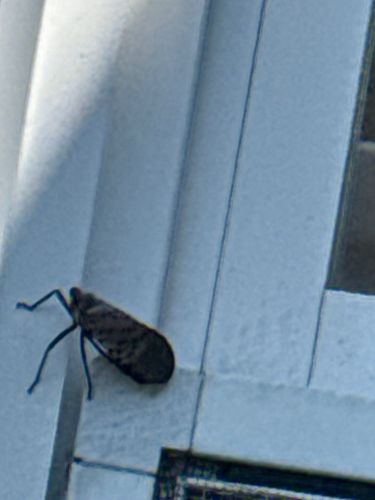Spotted Lanternfly
Scientific Name: Lycorma delicatula
Order & Family: Hemiptera, Fulgoridae
Size: Adults are about 1 inch (2.5 cm) long and 0.5 inch (1.2 cm) wide.

Natural Habitat
Originally from China, India, and Vietnam, it has spread to South Korea, Japan, and the United States (primarily Eastern and Mid-Atlantic states). It is found in orchards, vineyards, forests, parks, and around homes, often near its preferred host, the tree of heaven (Ailanthus altissima), but also on maple, oak, willow, and fruit trees.
Diet & Feeding
Spotted Lanternflies are plant feeders, primarily feeding on the sap of a wide variety of plants, with a strong preference for the Tree of Heaven (Ailanthus altissima). They also feed on agricultural crops like grapes, apples, hops, and various hardwoods.
Behavior Patterns
Adults are often found in large aggregations. They feed by inserting their piercing-sucking mouthparts into plants, extracting sap. They excrete large amounts of sugary honeydew, which promotes the growth of black sooty mold on affected plants and surfaces. They have distinct life stages: egg masses (laid in late summer/fall), nymphs (hatch in spring/early summer and go through four instars), and adults (emerge in mid-summer).
Risks & Benefits
Spotted Lanternflies are a significant invasive pest. The primary risks are severe damage to agricultural crops (especially grapes and fruit trees) and ornamental plants, leading to economic losses. The honeydew they produce attracts other insects and promotes sooty mold growth, which can impact plant photosynthesis and reduce property values. There are no known benefits to the ecosystem in invaded areas; they are considered a major threat to agricultural and forest health.
Identified on: 9/18/2025